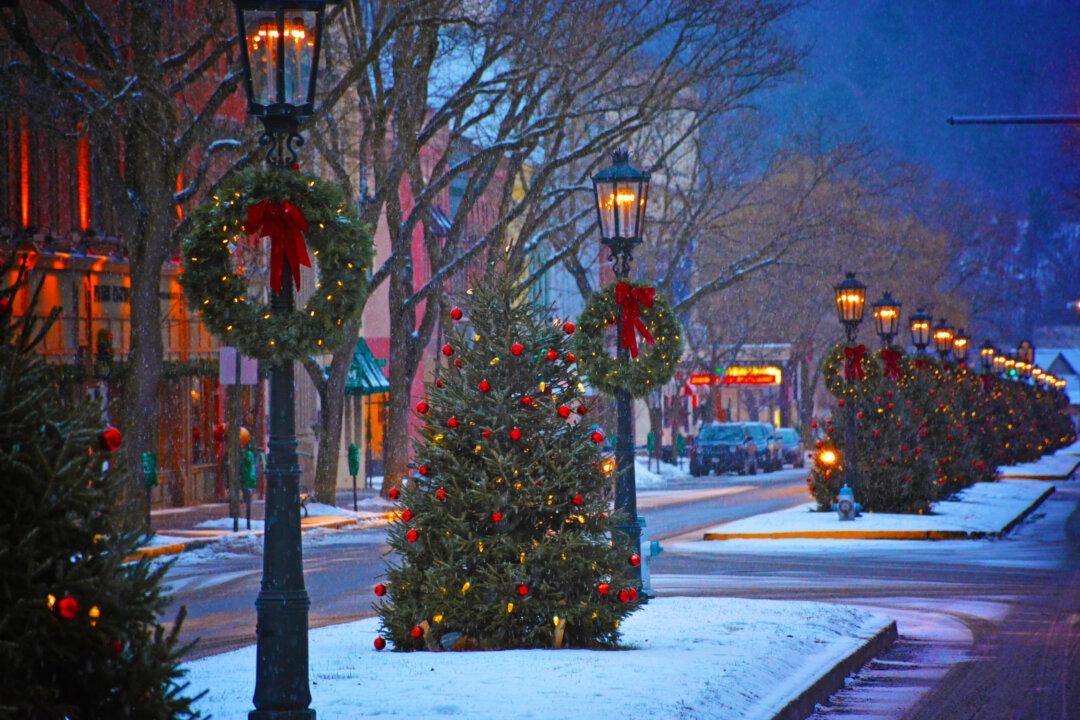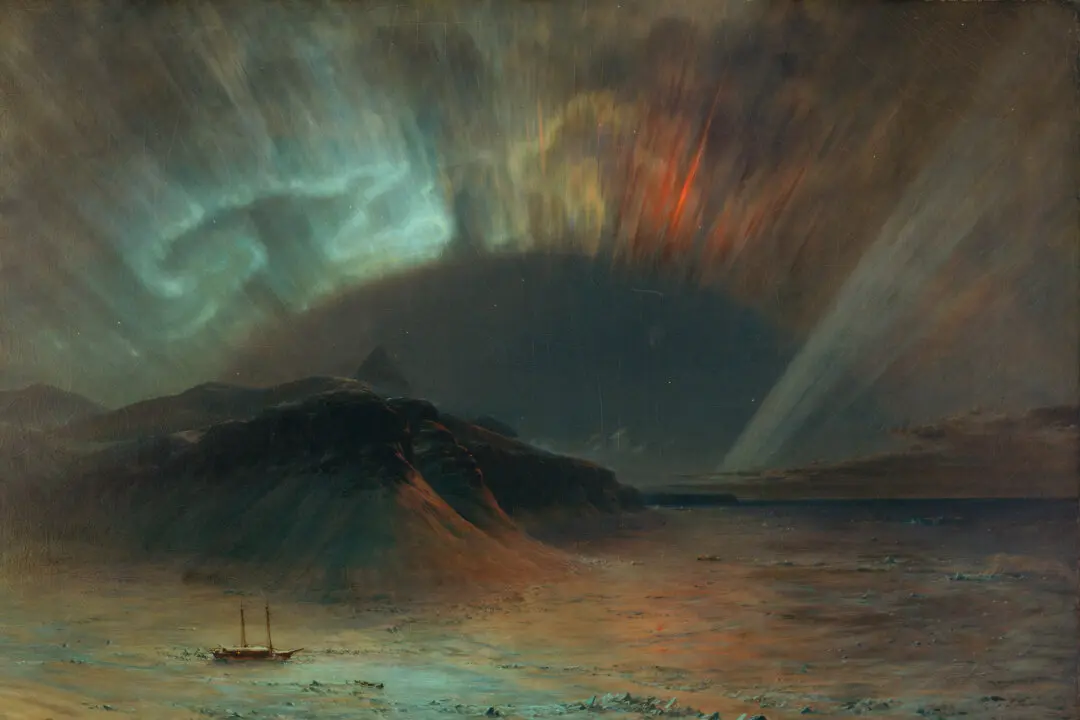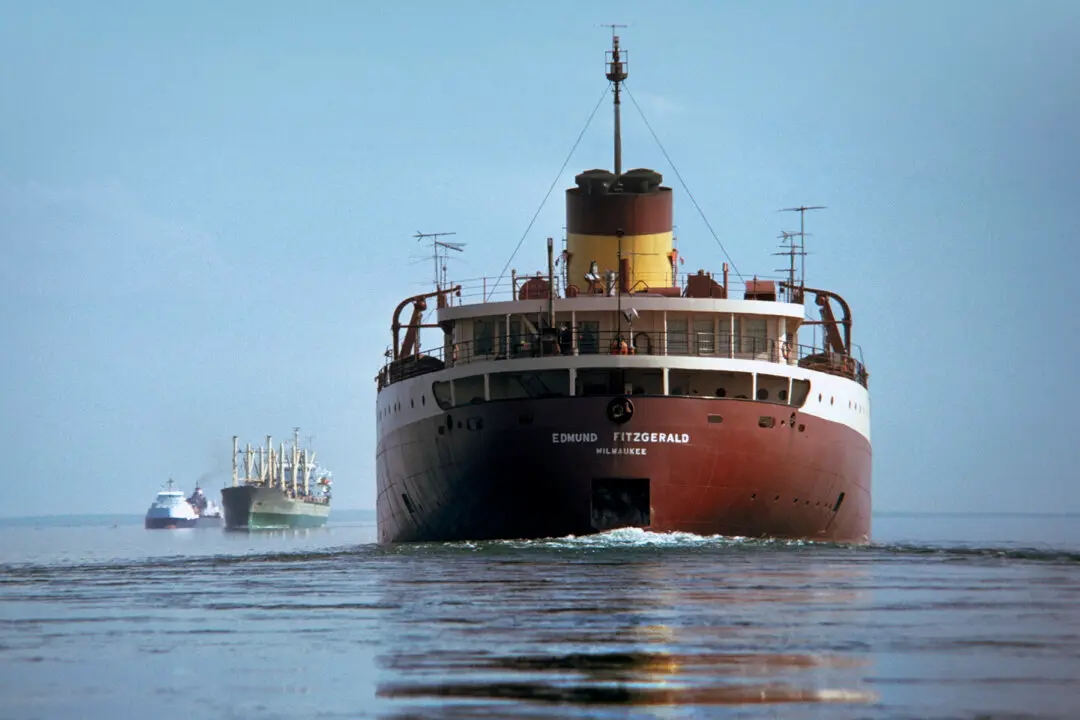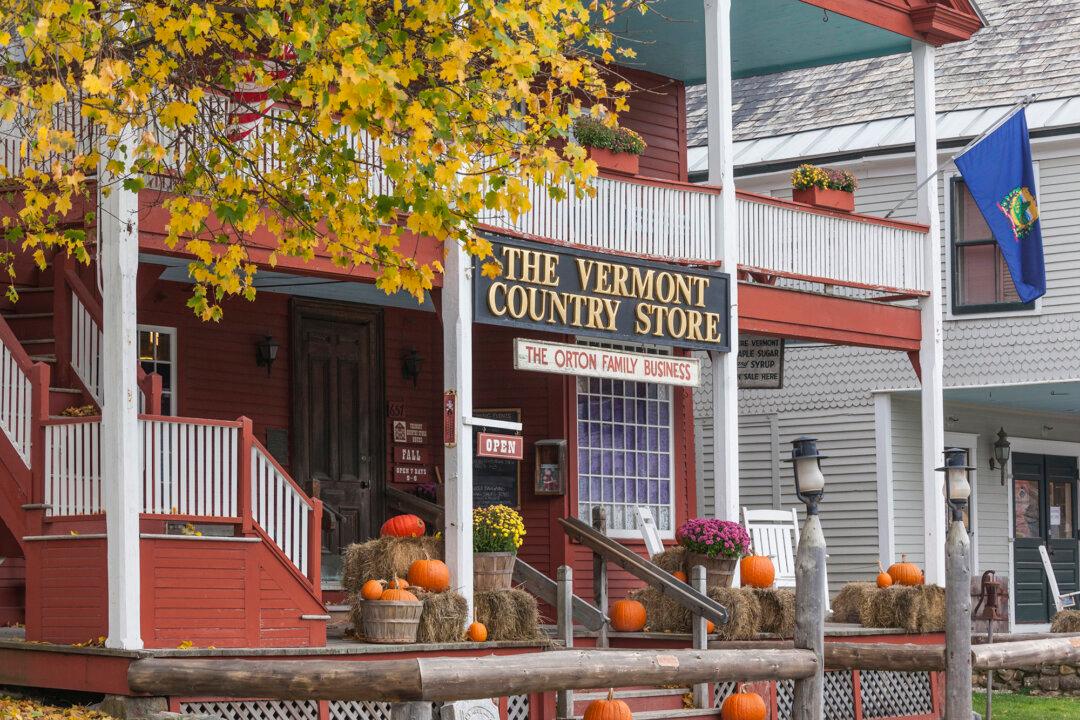I’ll never forget the night I discovered “the town that saved Christmas.”
I had signed up for a bus trip out of Tioga County, Pennsylvania, to Kentucky. I had never been to either place before, nor had I ever taken a trip on a tour bus. As we left the rolling hills of the Allegheny Plateau, I realized everyone on the bus was local—from a region called the Pennsylvania Wilds (aka PA Wilds). I perceived this was the case when someone spoke up and said, “Always strange leaving the hills, isn’t it?” Passengers gazed lovingly out their windows at the passing hills and quipped “sure is” and “so true,” followed by a collective sigh.






